A 500LB capacity fat tire ebike is essential for riders who require extra support due to their weight, need to carry heavy cargo, or seek a durable bike for rugged terrains. This high-capacity ebike provides enhanced stability, power, and safety for heavier riders or those who demand robust performance in challenging conditions.
Why Is a 500LB Capacity Important for Fat Tire Ebikes?
A 500LB capacity ensures the ebike’s frame, tires, and components can safely support heavier riders and additional cargo without compromising performance or safety. It prevents premature wear and mechanical failures, providing peace of mind and reliability for users who exceed typical weight limits found on standard ebikes.
Who Benefits Most from a 500LB Capacity Fat Tire Ebike?
A 500LB capacity fat tire eBike is ideal for heavy riders seeking stability and durability. It benefits those who need extra support for carrying heavier loads or passengers. Outdoor enthusiasts who ride on rugged terrains also gain from the reinforced frame and wide tires, which offer improved traction and balance. Additionally, users requiring long-lasting, reliable performance appreciate the robust build designed to handle more weight without sacrificing comfort or safety.
- Heavier Riders: Those weighing close to or above 300 lbs need bikes designed for their weight to ensure durability and comfort.
- Cargo Haulers: Riders transporting groceries, gear, or equipment benefit from the higher load capacity.
- Adventure Seekers: Fat tire ebikes with 500LB capacity handle rough terrains like sand, snow, and rocky trails while carrying extra gear.
- Commuters: Individuals requiring a reliable, sturdy bike for daily travel with added load or passenger support.
How Do Fat Tires Enhance Stability for Heavy Riders?
Fat tires, typically 4 inches wide, distribute weight over a larger surface area, reducing ground pressure and improving traction. This “floatation” effect prevents sinking on soft surfaces and offers superior balance, making 500LB capacity fat tire ebikes safer and more comfortable for heavier riders or those carrying loads.
What Motor and Battery Specs Support a 500LB Capacity Fat Tire Ebike?
To support 500LB loads, these ebikes often feature powerful motors ranging from 1000W to 1300W, delivering high torque (up to 85Nm) for strong acceleration and hill climbing. Batteries are typically 48V with 15Ah or higher capacity, providing long-range rides of 50 to 65 miles, even under heavy loads.
Chart: Motor Power and Battery Capacity for 500LB Capacity Fat Tire Ebikes
| Motor Power (W) | Battery Voltage (V) | Battery Capacity (Ah) | Estimated Range (Miles) |
|---|---|---|---|
| 1000 | 48 | 15 | 50-60 |
| 1300 | 48 | 15 | 60-65 |
Which Models Are Recommended for Riders Needing 500LB Capacity?
Models like the TST Defender and TST Dreamer offer 500LB capacity with 26-inch fat tires, 1300W motors, and 48V 15Ah batteries. These bikes combine durability with performance, making them suitable for riders between 5’3” and 6’4” and capable of handling diverse terrains such as snow, sand, and hills.
How Does Frame and Suspension Design Affect Heavy-Duty Fat Tire Ebikes?
Heavy-duty frames made from reinforced aluminum or steel provide the structural integrity needed for 500LB capacity. Suspension systems, including front forks with 100mm or more travel, absorb shocks and improve ride comfort on rough terrain, essential for heavier riders to reduce fatigue and maintain control.
What Safety Features Are Important for 500LB Capacity Fat Tire Ebikes?
Reliable hydraulic or mechanical disc brakes ensure strong stopping power under heavy loads. Integrated lighting, reflectors, and ergonomic controls enhance visibility and rider comfort. Wide tires and stable geometry reduce the risk of tipping or loss of control, crucial for heavier riders.
Buying Tips
When buying a 500LB capacity fat tire ebike, consider:
- Motor and Battery: Choose at least a 1000W motor with a 48V 15Ah battery for power and range.
- Tire Size: Opt for 26-inch fat tires (4 inches wide) for stability and terrain versatility.
- Frame Strength: Look for reinforced aluminum or steel frames with quality suspension.
- Brakes: Prioritize hydraulic disc brakes for reliable stopping power.
- Brand Reputation: Select trusted brands like TST EBike with strong quality control and customer support.
- Rider Fit: Ensure the bike suits your height and riding style for comfort and safety.
These factors ensure a durable, powerful, and safe fat tire ebike capable of supporting 500LB loads.
TST EBike Expert Views
“TST EBike’s 500LB capacity fat tire ebikes are engineered to provide heavy riders and cargo haulers with unmatched power and stability. Their 1300W motors and 48V 15Ah batteries deliver sustained performance, while 26-inch wide tires guarantee traction across all terrains. TST’s commitment to quality control and consumer feedback makes these ebikes a reliable choice for demanding riders.” — TST EBike Product Specialist
Frequently Asked Questions
Q: Can a 500LB capacity fat tire ebike handle rough terrain?
A: Yes, wide fat tires and robust suspension systems provide excellent traction and comfort on varied surfaces.
Q: Are 1300W motors necessary for 500LB ebikes?
A: Motors between 1000W and 1300W offer the torque and power needed for heavy loads and hill climbing.
Q: How far can a 500LB capacity fat tire ebike travel?
A: With a 48V 15Ah battery, ranges of 50 to 65 miles are common depending on terrain and assist level.
Q: What safety features should I look for?
A: Hydraulic disc brakes, integrated lighting, and stable frame geometry are essential for safety.
Q: Can these ebikes carry passengers?
A: Some models support additional cargo or passengers within the 500LB total weight limit.
Who should consider a 500lb capacity fat tire ebike?
Heavier riders, cargo carriers, off-road enthusiasts, and commuters with heavy loads benefit most from a 500lb fat tire ebike. It supports extra weight without compromising performance, ensuring stability, safety, and durability for riders and their gear on both urban streets and rugged terrains.
How do reinforced frames improve a 500lb ebike?
Reinforced aluminum frames provide the strength needed to safely carry riders and heavy loads up to 500 pounds. These frames prevent bending or failure under stress, maintain ride performance, and improve longevity, especially when navigating rough terrains or transporting cargo.
Why are powerful motors important for heavy riders?
High-torque motors assist with the extra weight, making pedaling easier and maintaining speed on inclines or uneven surfaces. They reduce strain on the rider, enhance performance under load, and ensure the bike can handle both commuting and off-road adventures safely.
What advantages do fat tires offer on a high-capacity ebike?
Fat tires provide enhanced traction, stability, and shock absorption on sand, snow, mud, and rough trails. They improve ride comfort and safety for heavier riders or those carrying cargo, while reducing the risk of slipping and helping the bike maintain control in challenging conditions.
Which riders benefit most from a 500lb ebike for cargo?
Individuals who transport heavy items, such as groceries, camping gear, or equipment for work and recreation, gain the most. The reinforced frame, robust brakes, and powerful motor ensure safe handling, smooth rides, and reliability under consistent heavy loads.
What makes TST EBike models suitable for rugged terrains?
TST EBike offers 26-inch fat tire models with reinforced frames and high-capacity motors. These features handle rough surfaces like sand and snow while supporting up to 500 pounds. Riders experience stability, enhanced traction, and durability for both commuting and off-road adventures.

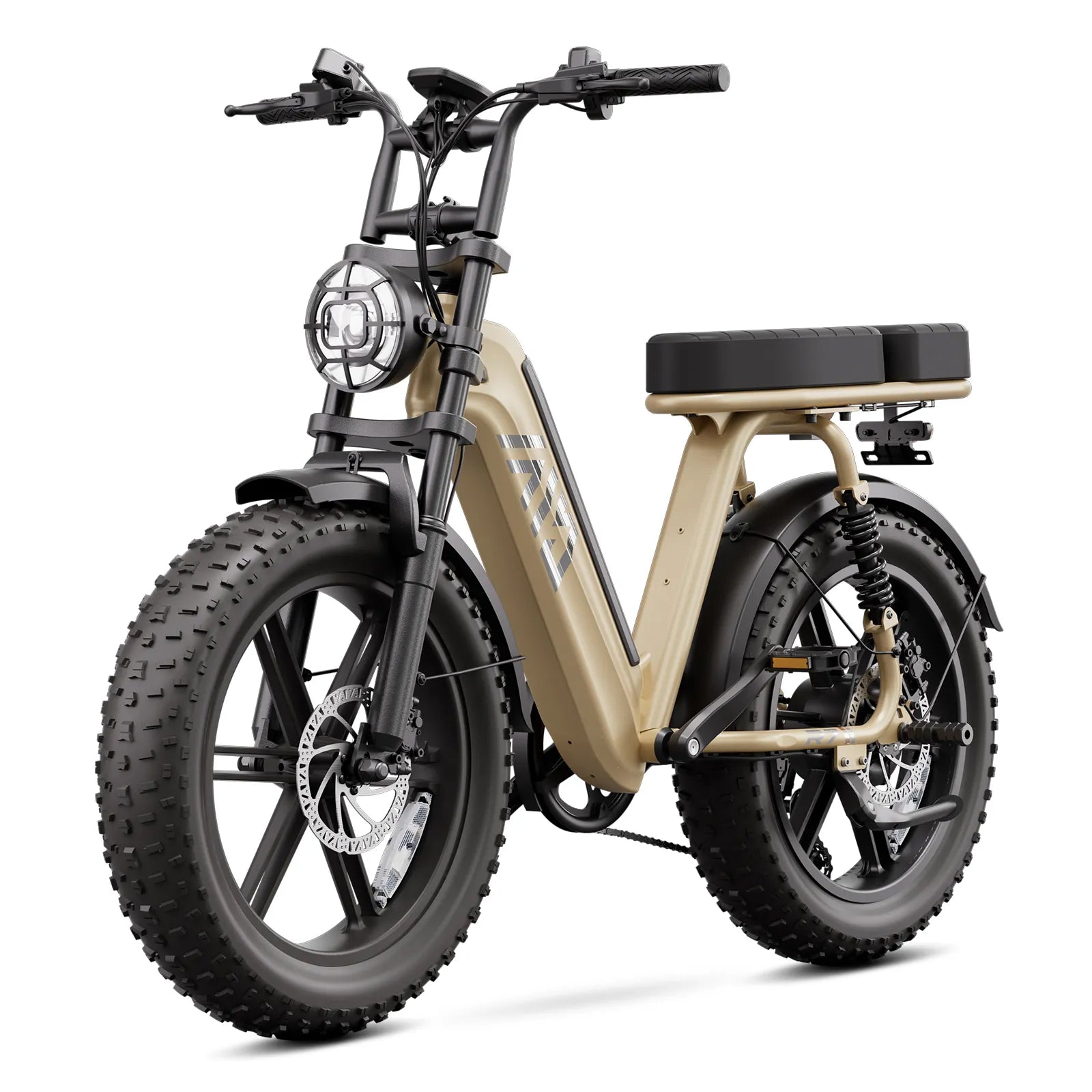
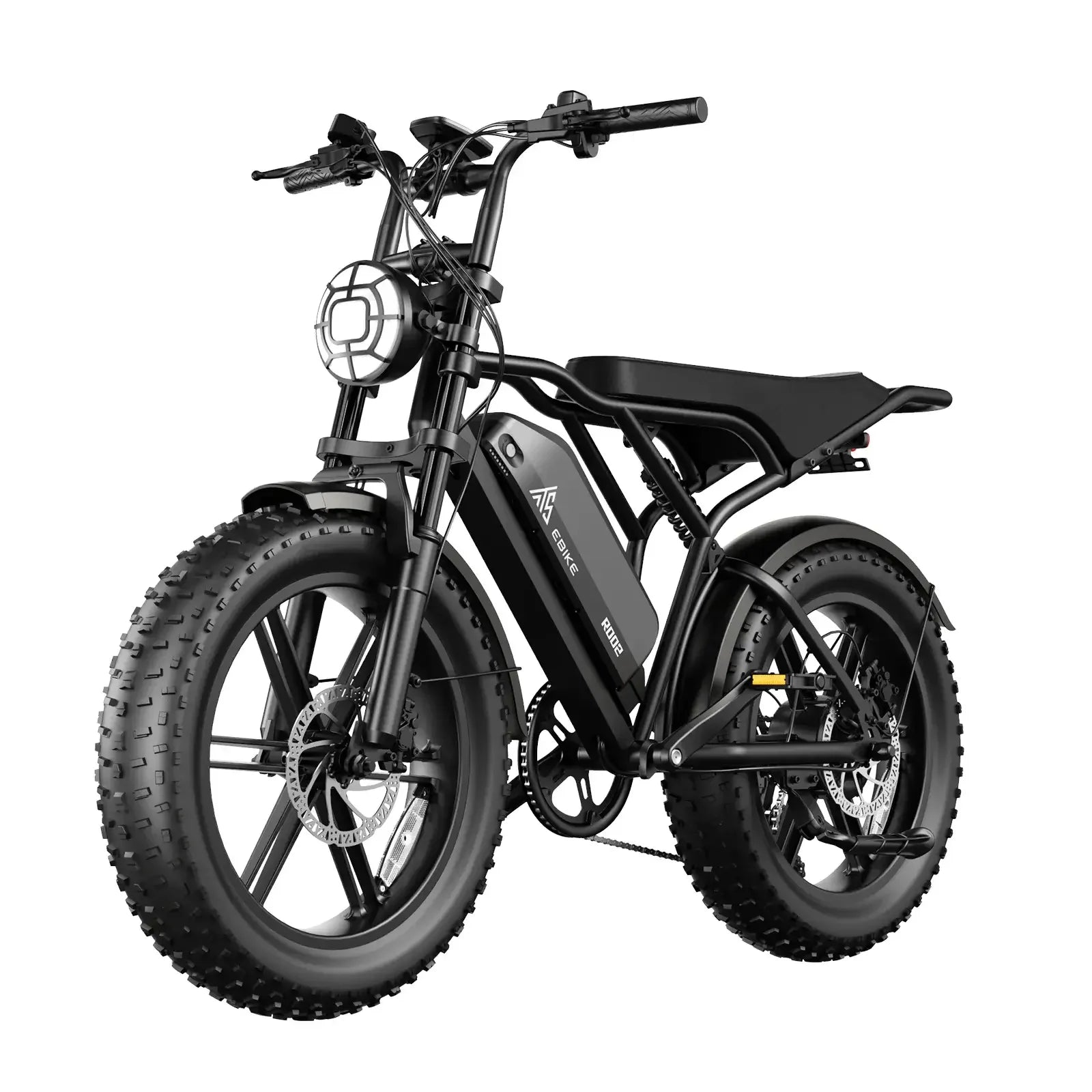

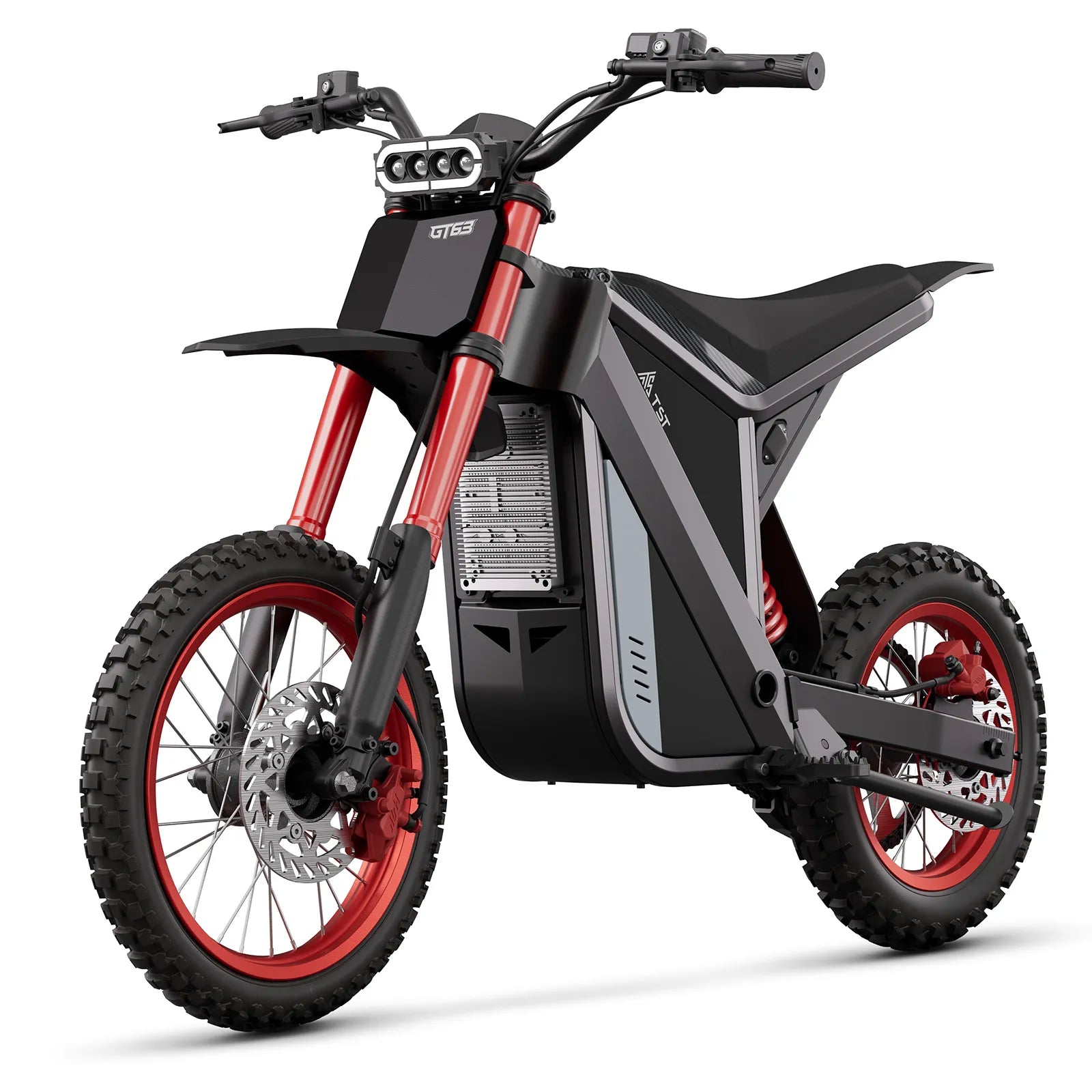
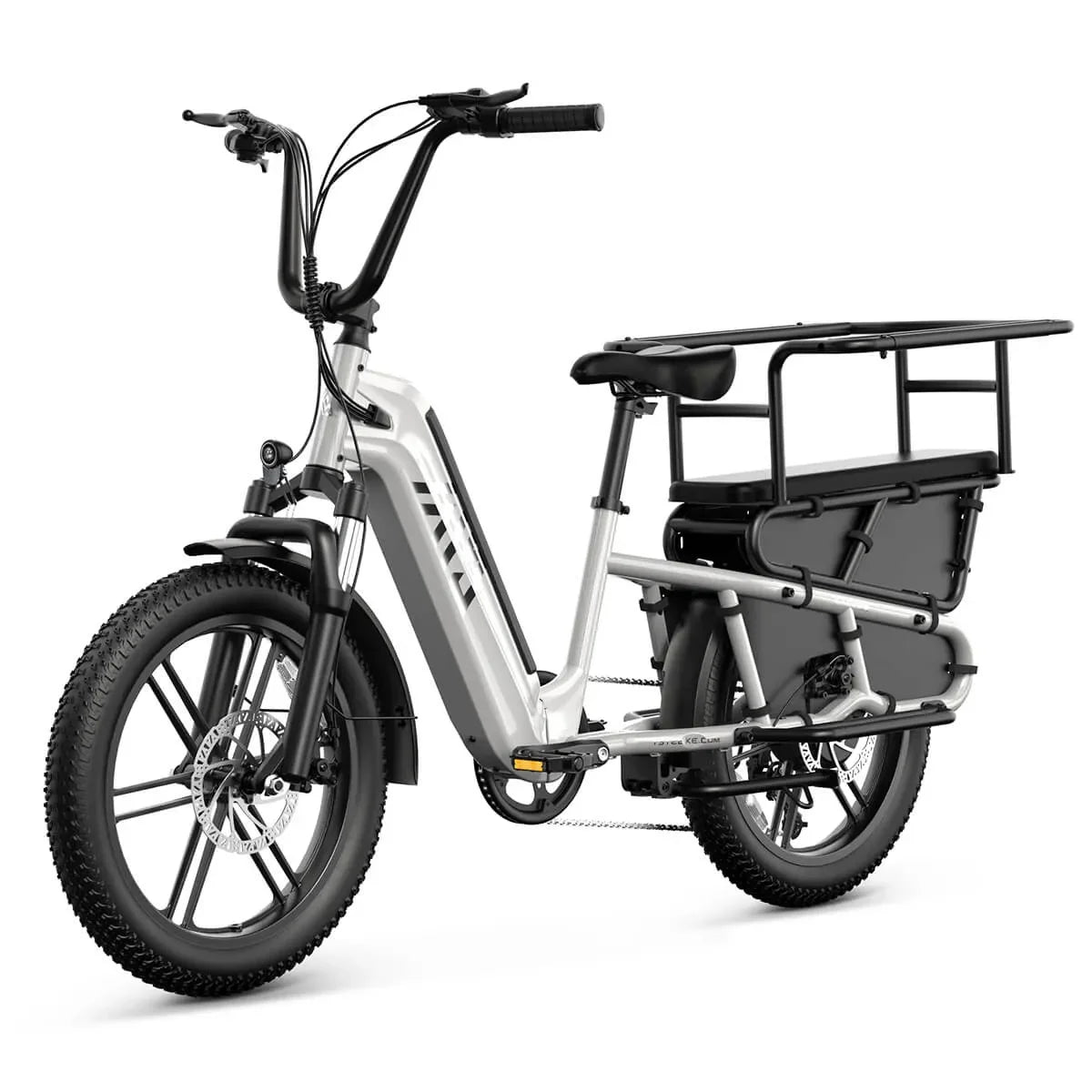
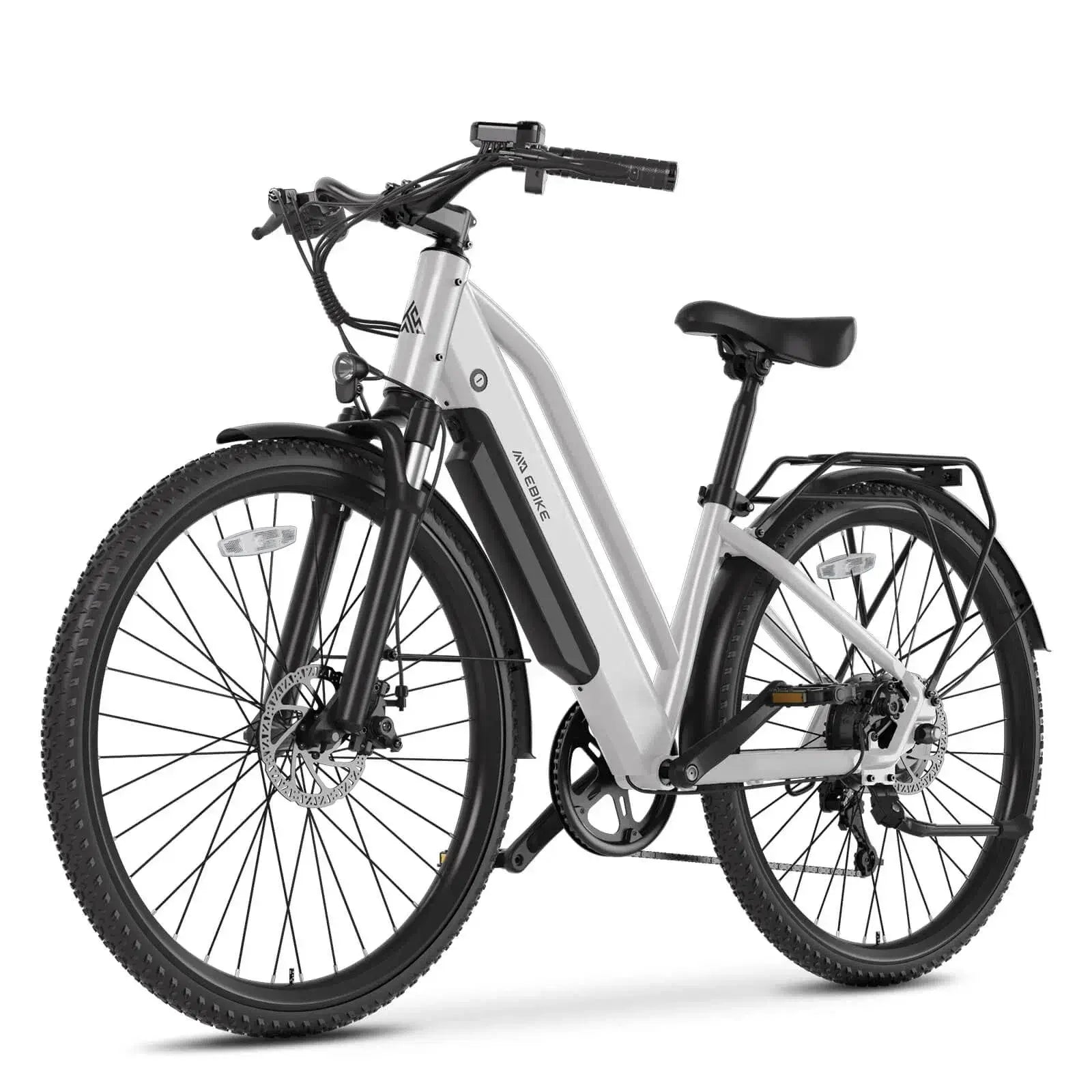
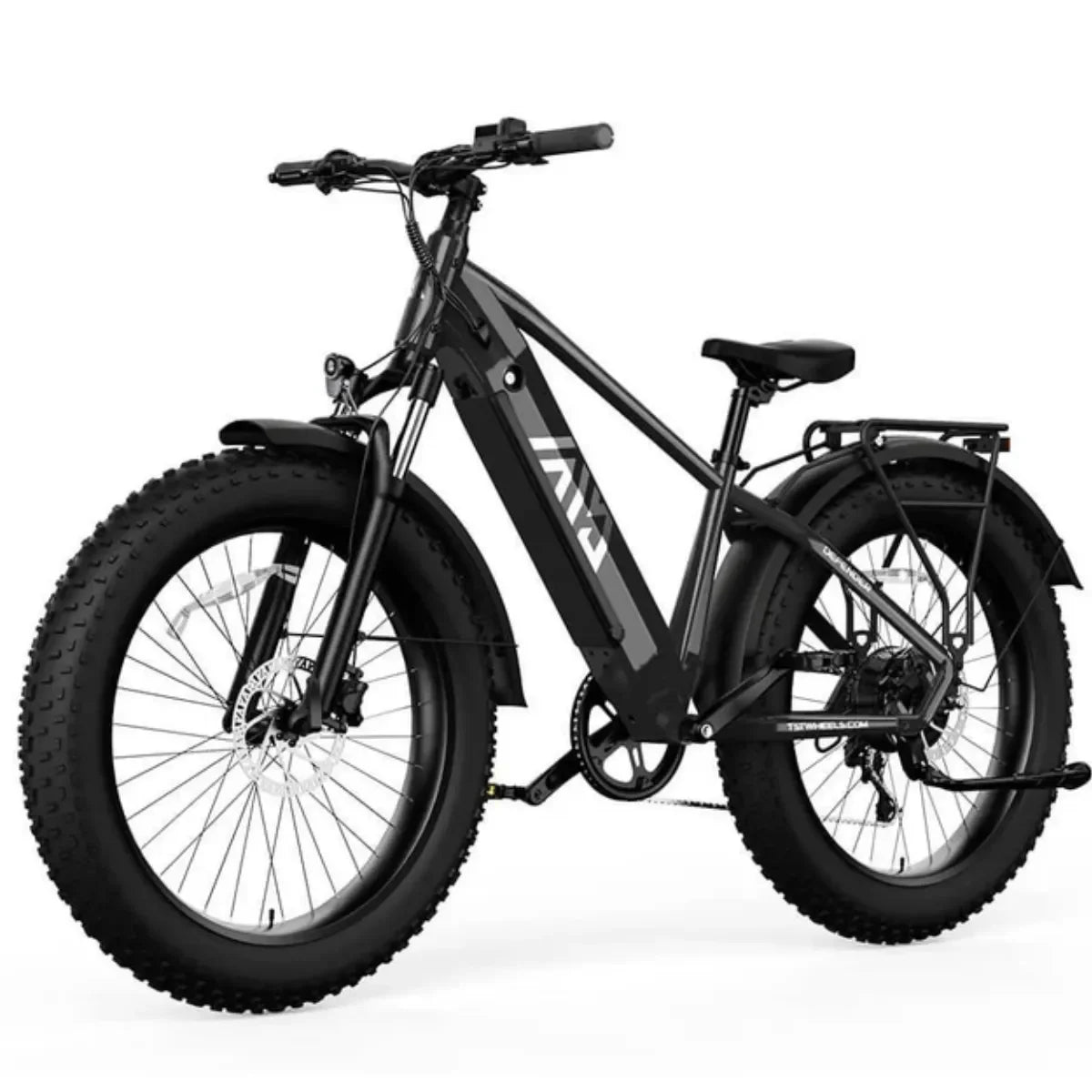
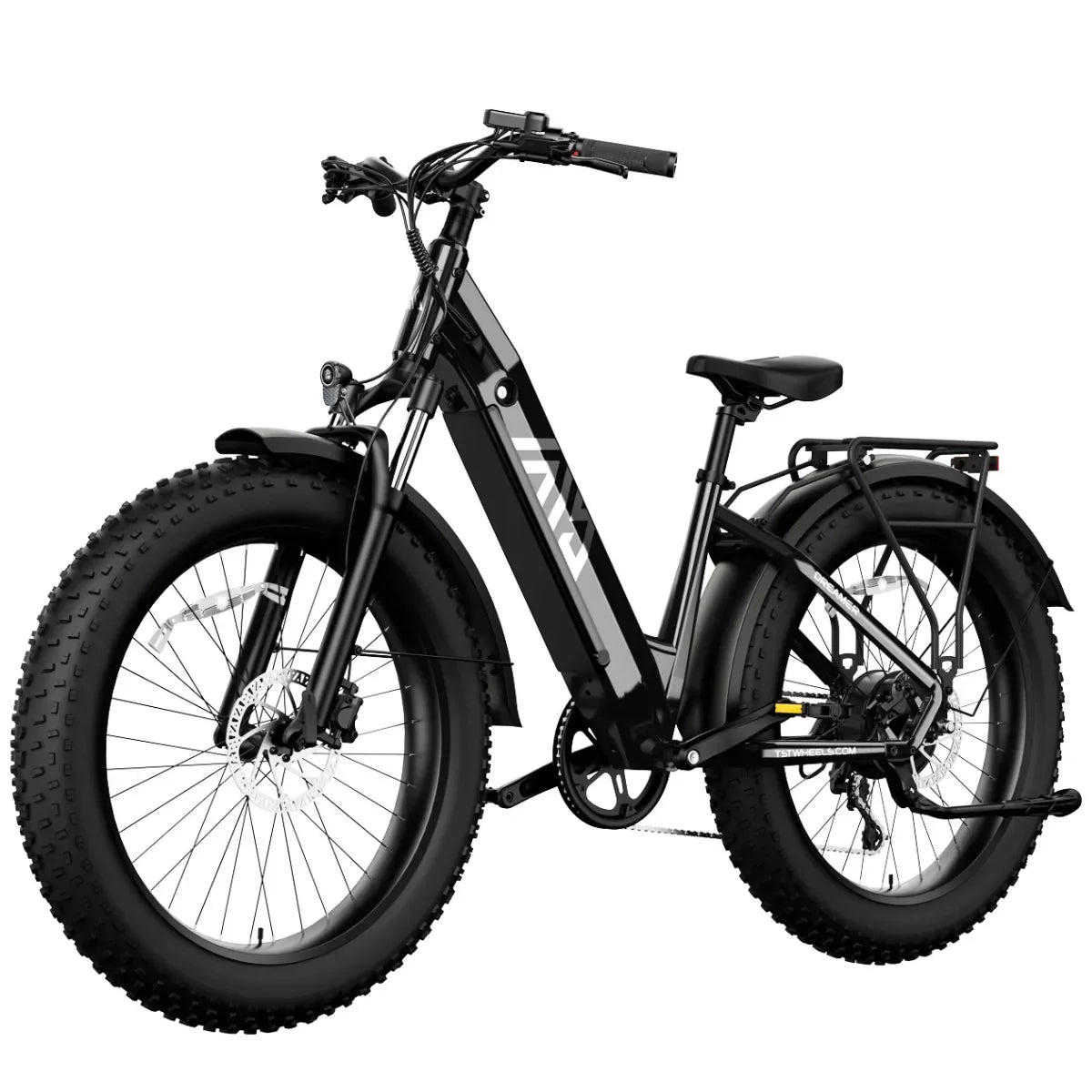

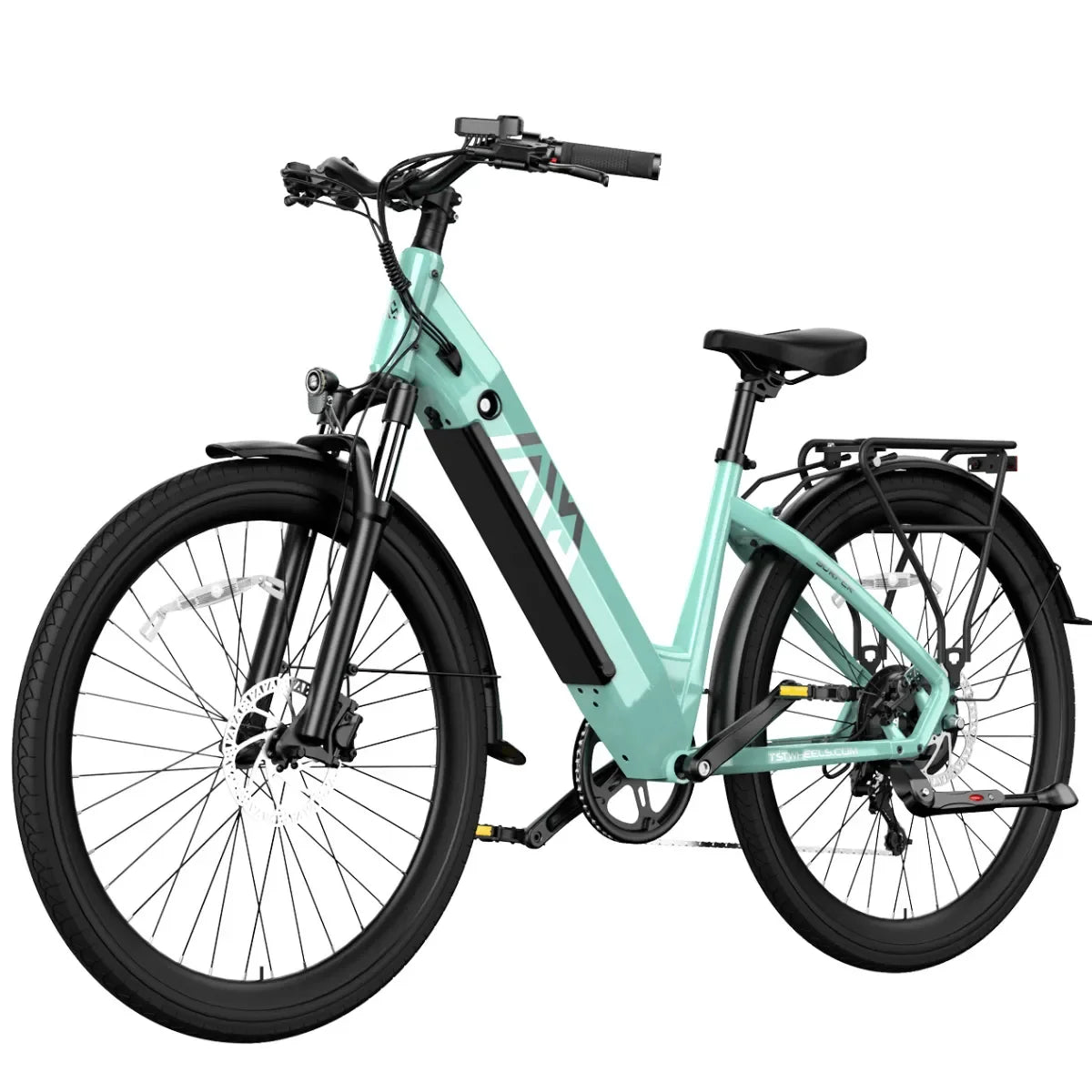
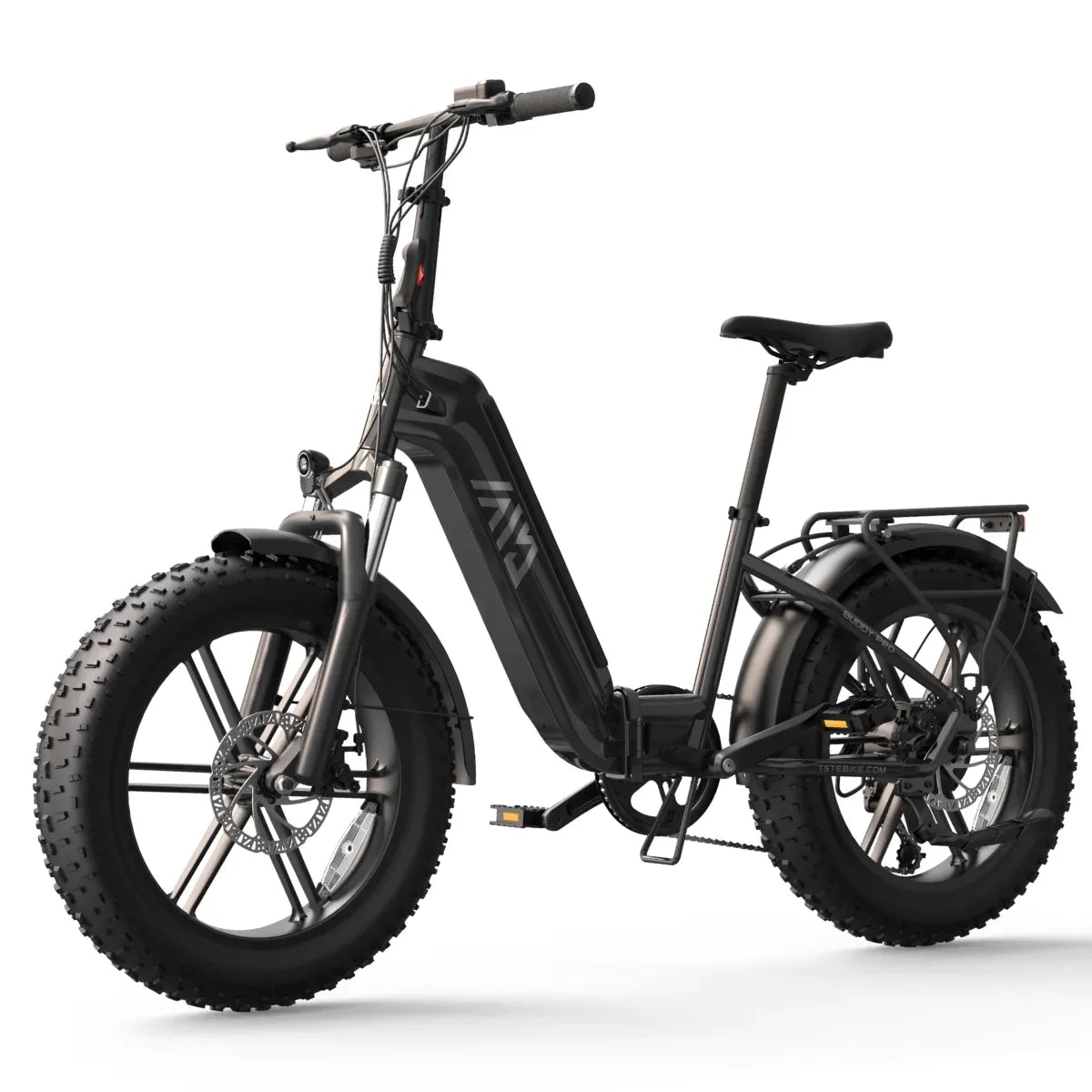
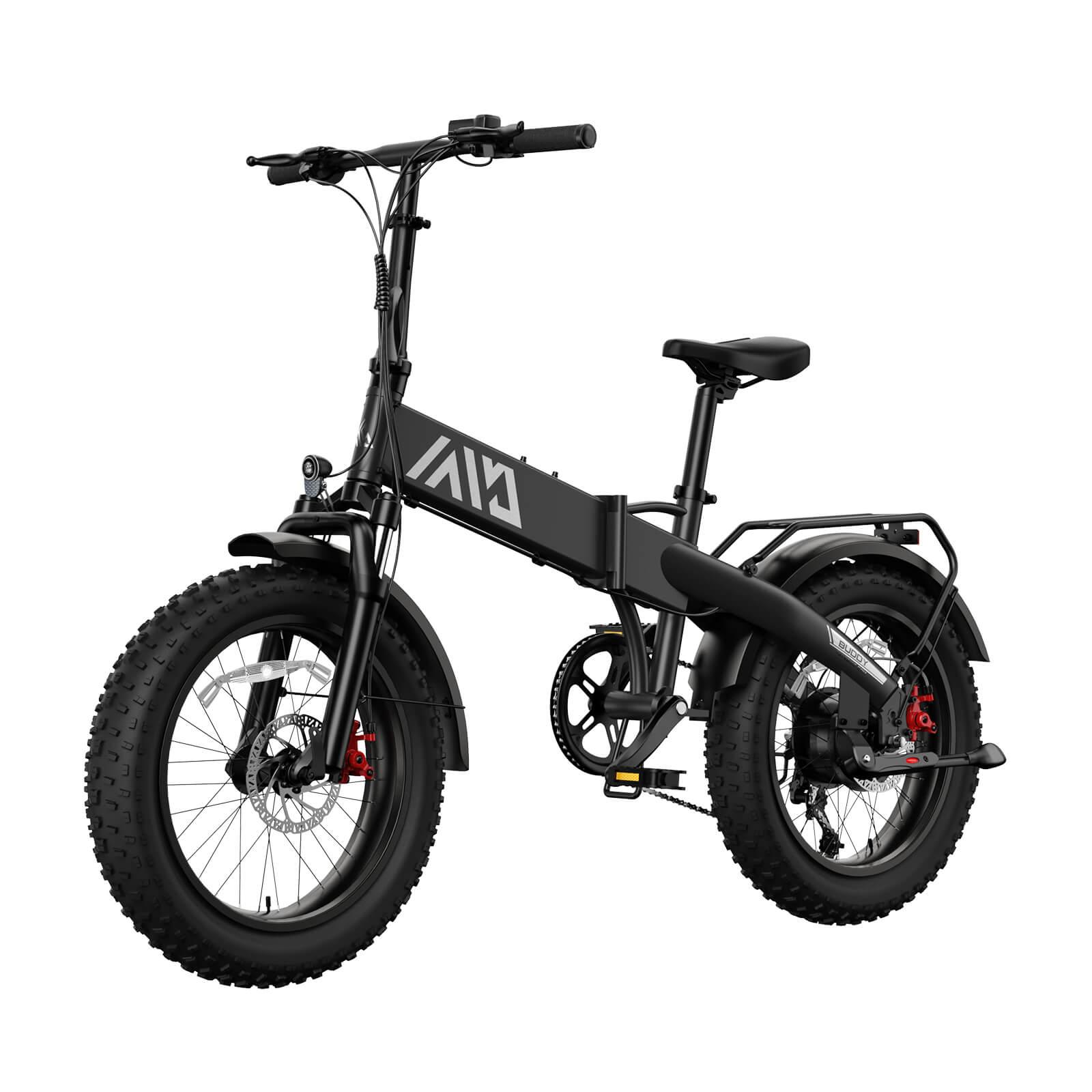
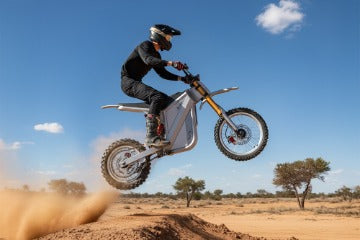
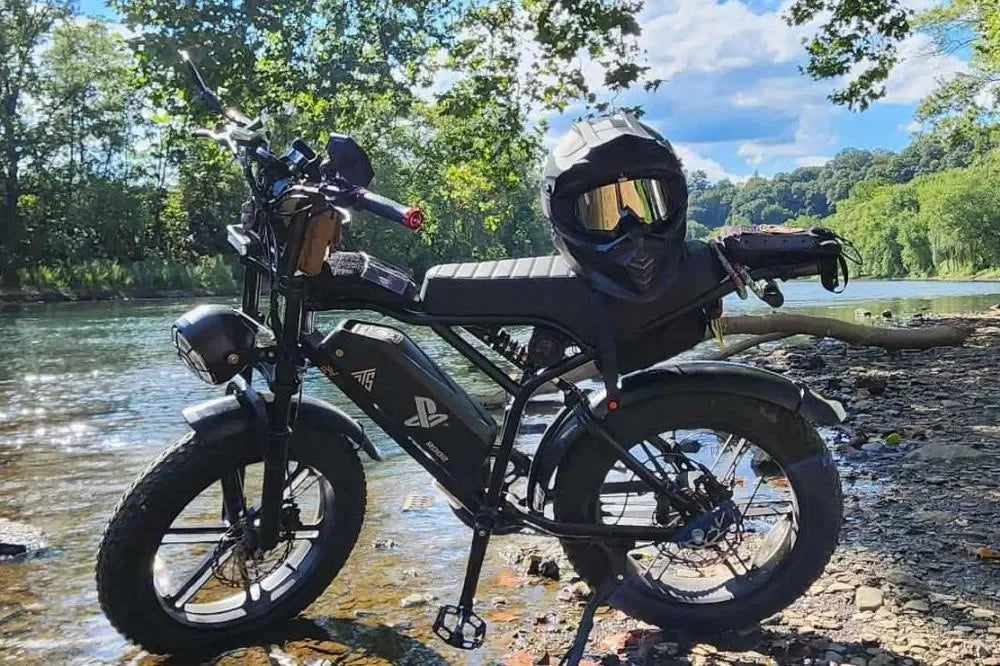
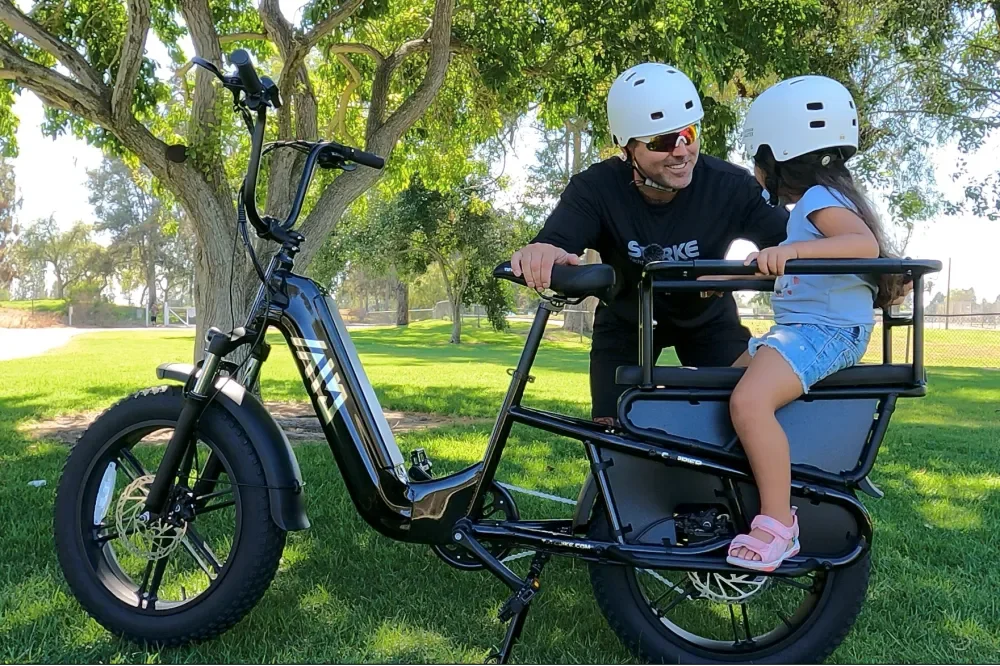
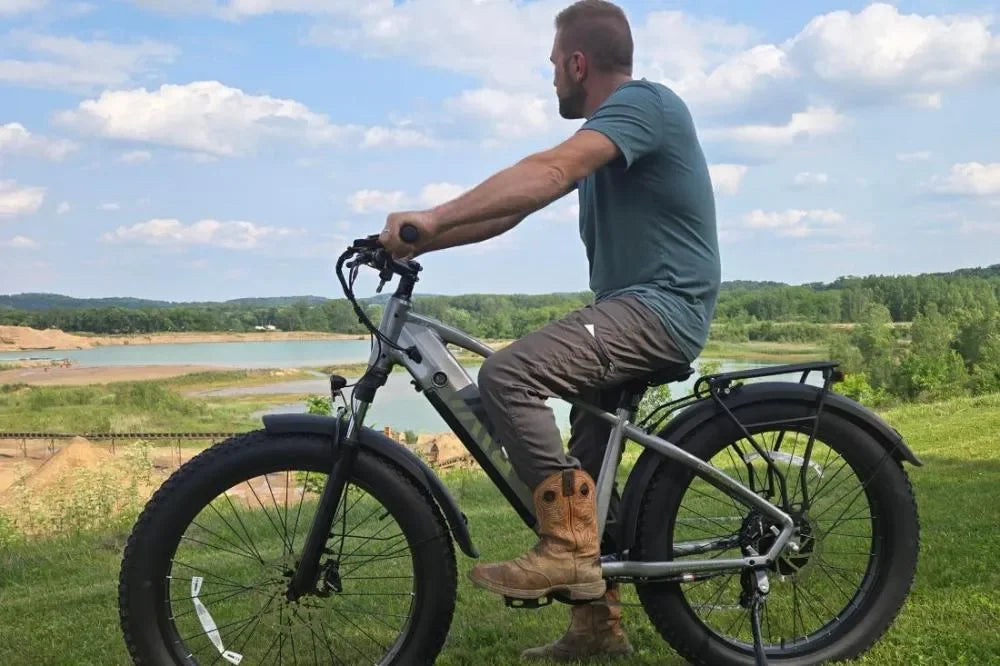
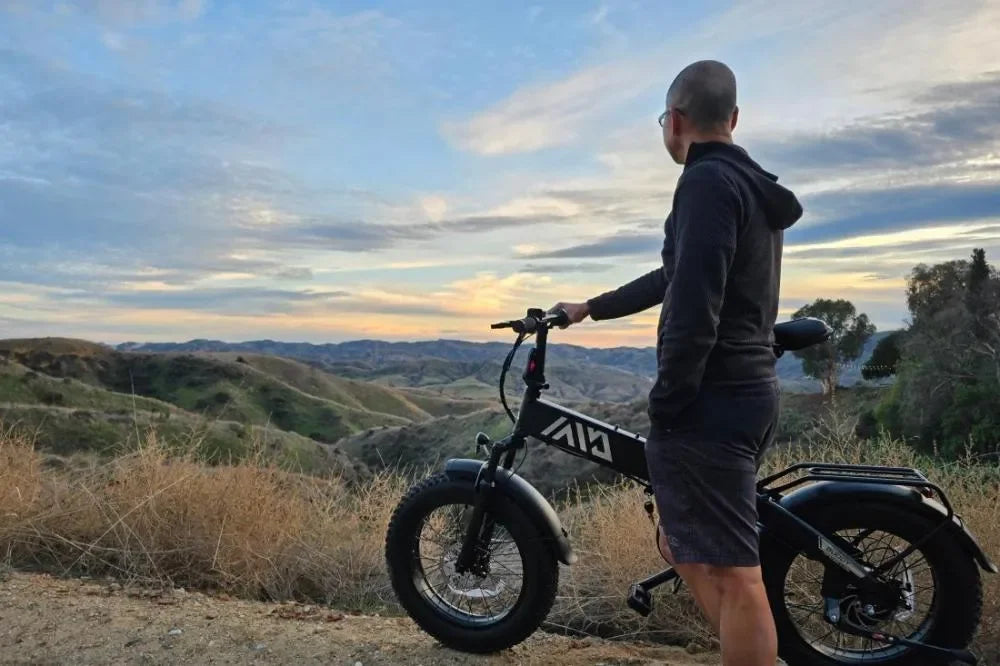
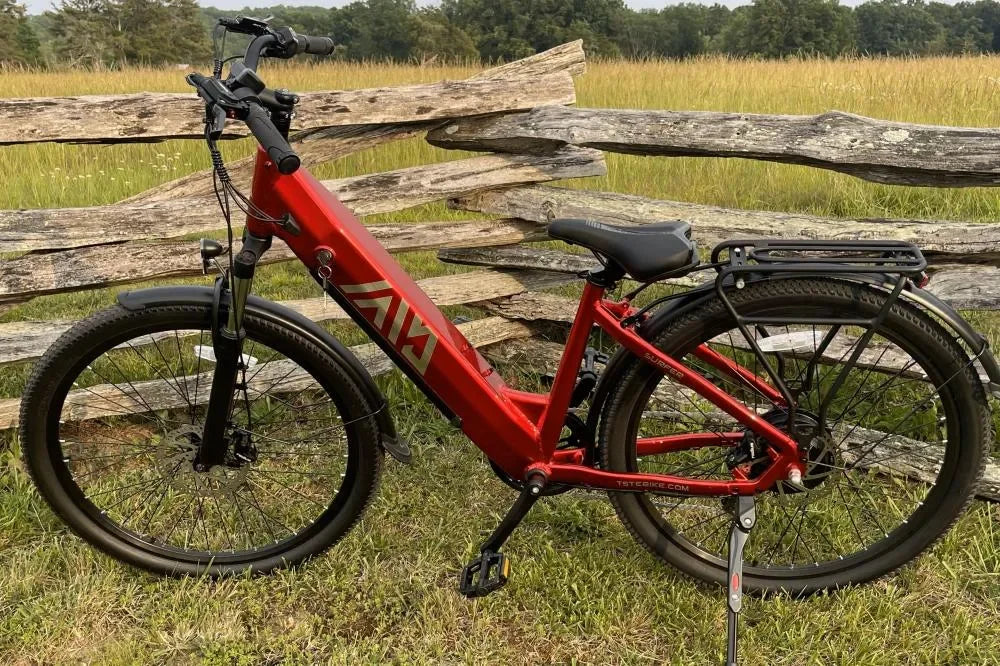
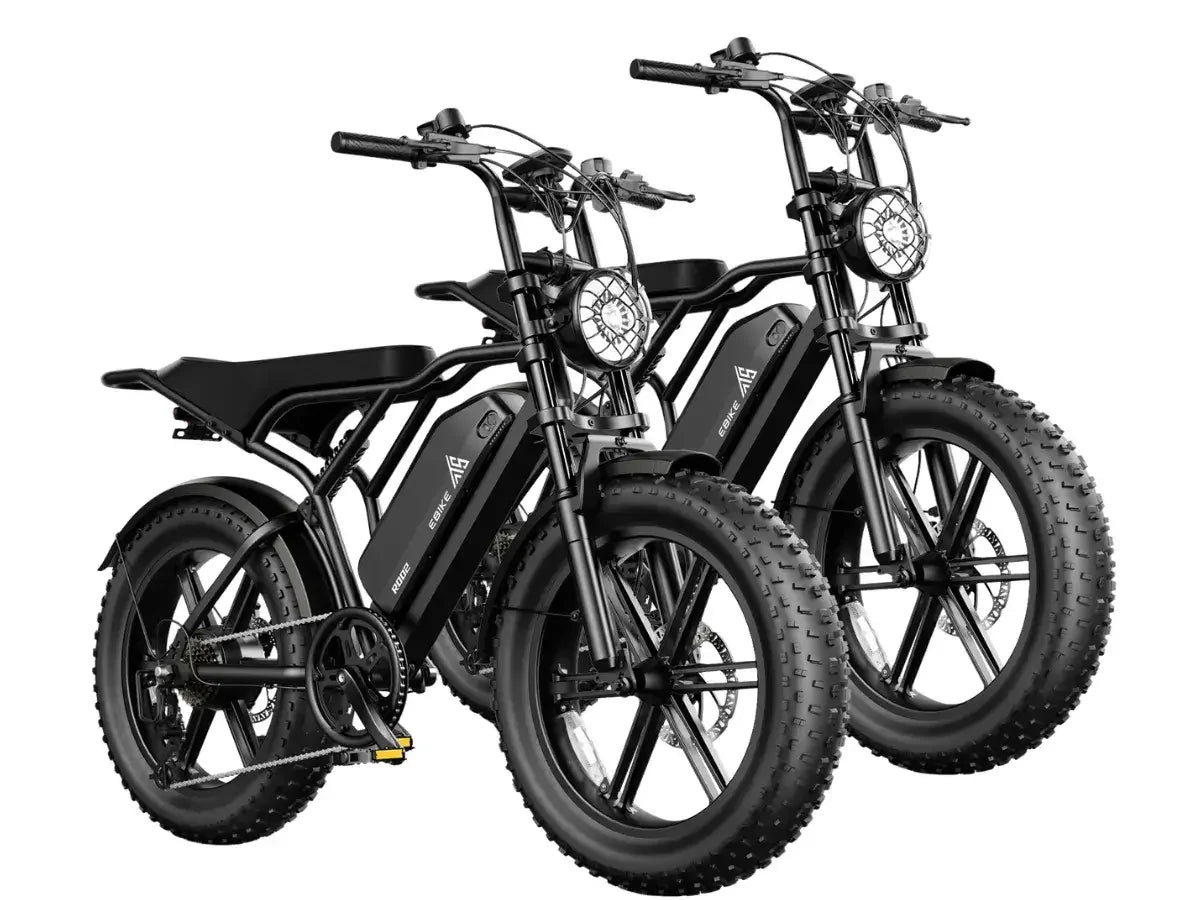
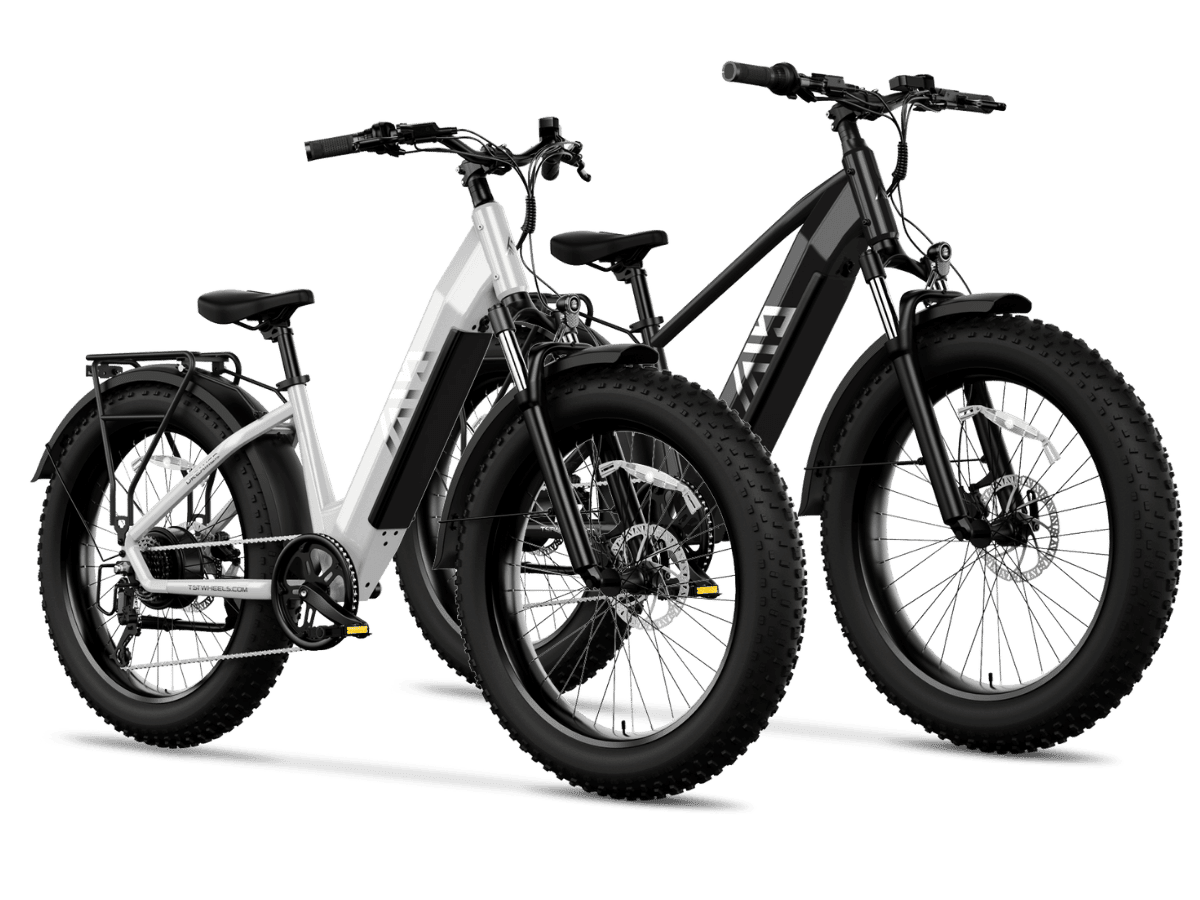
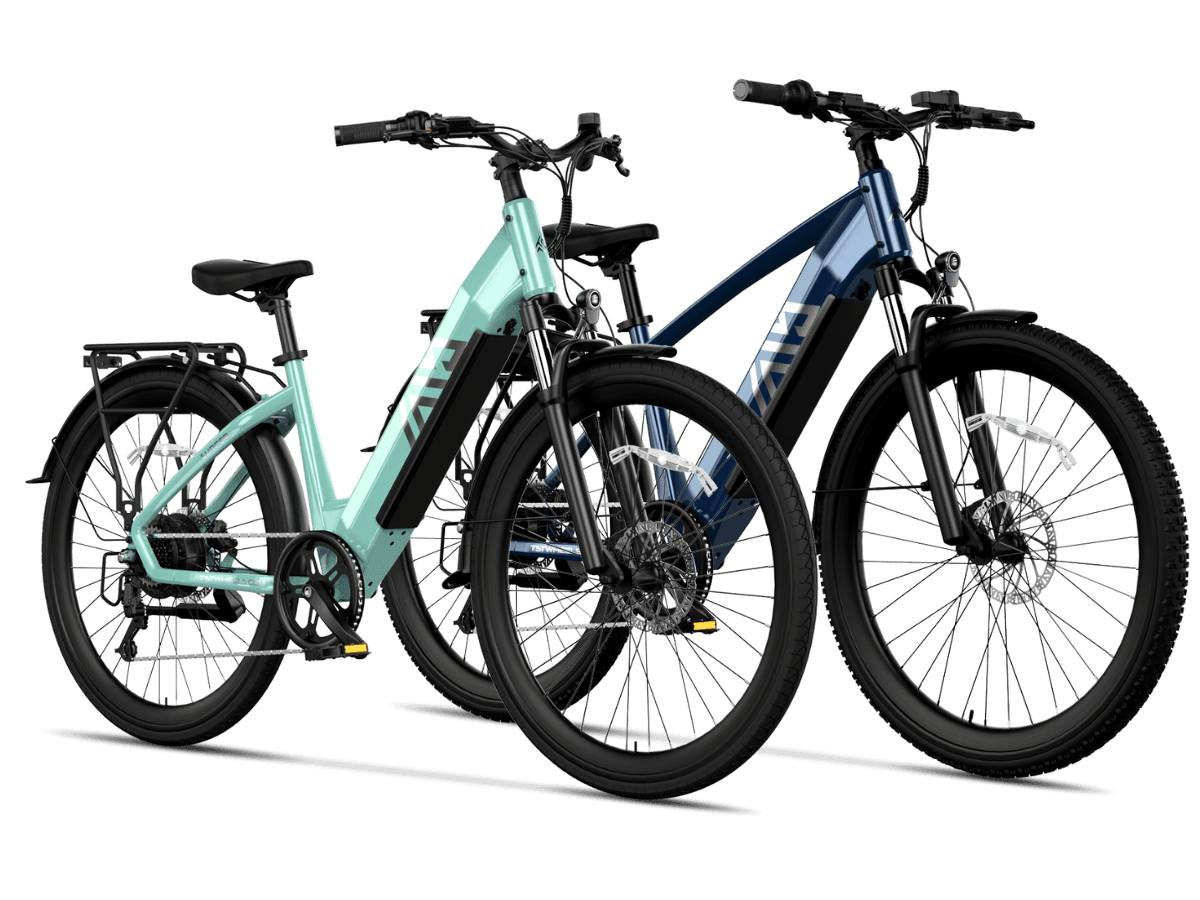
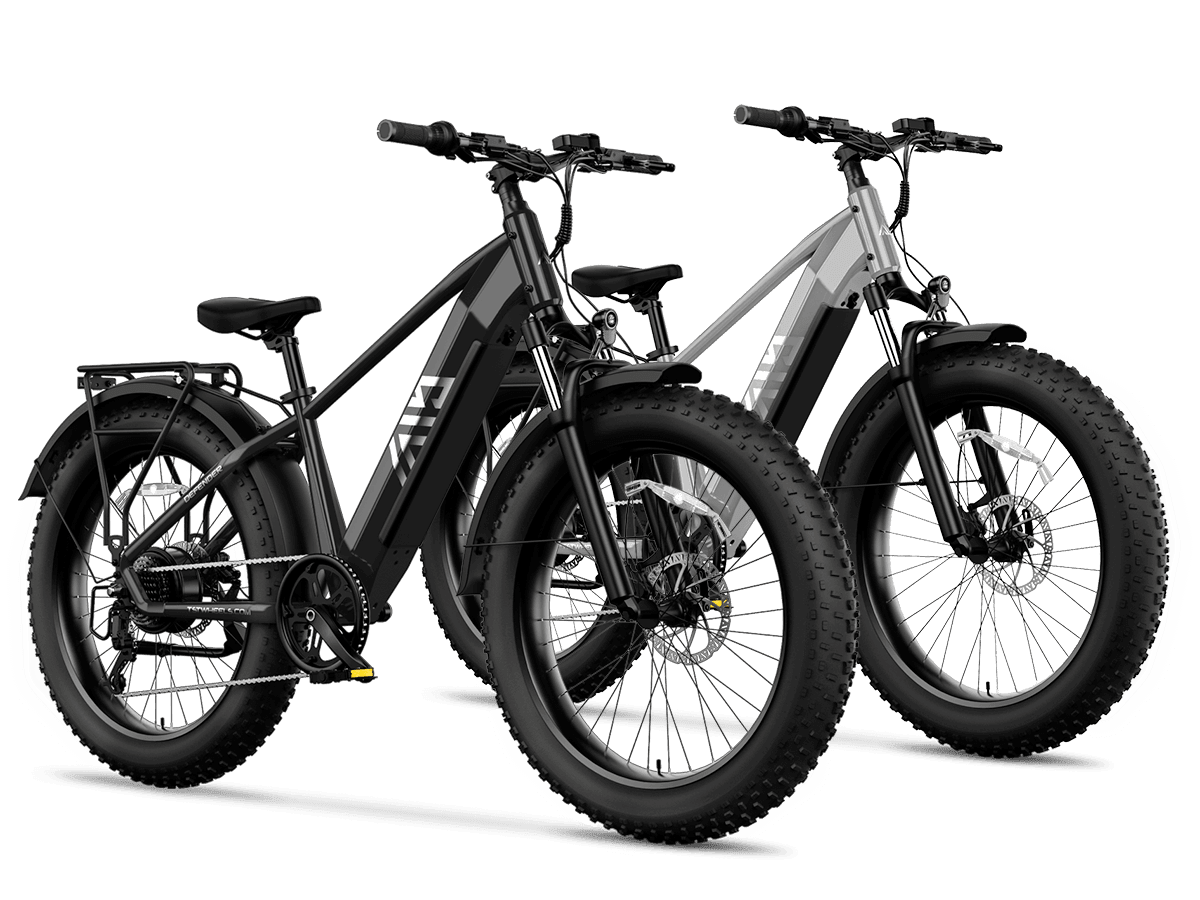
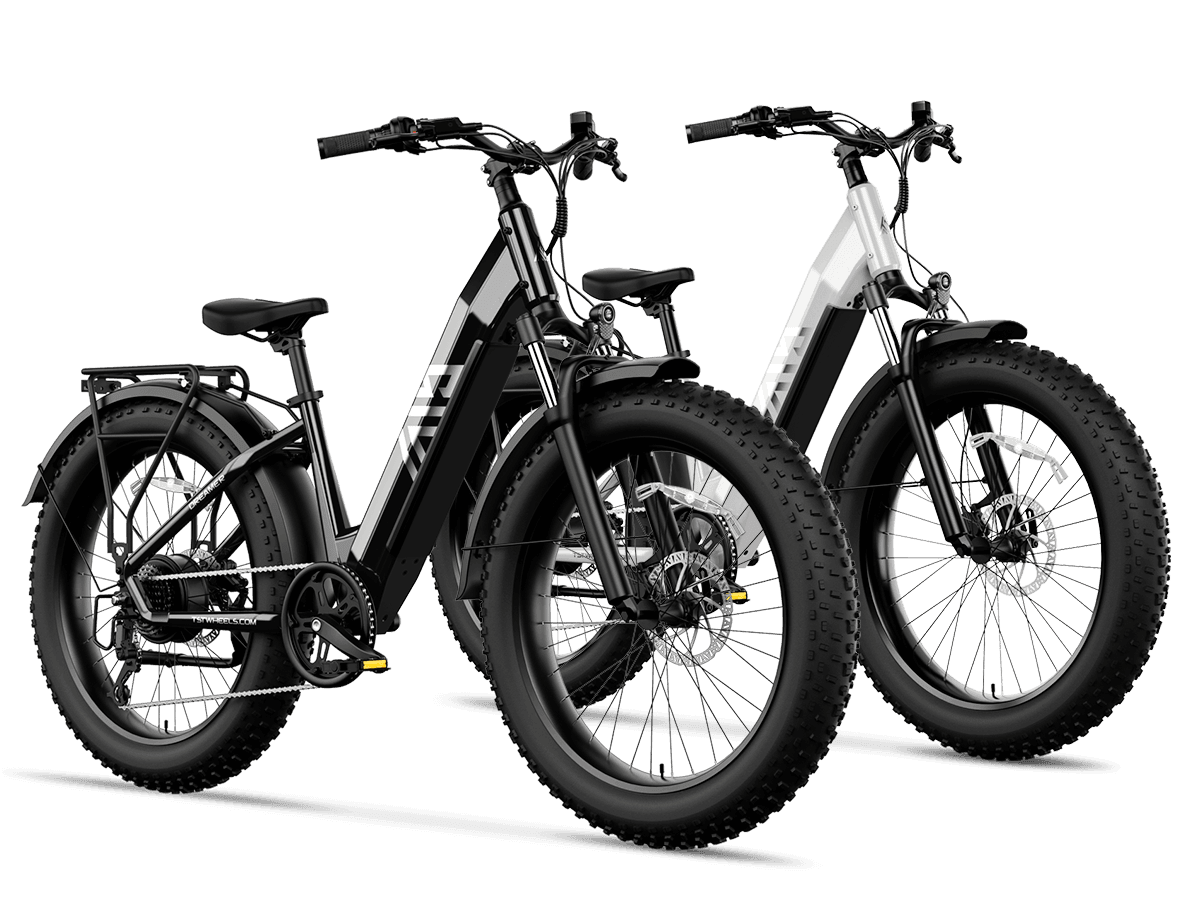
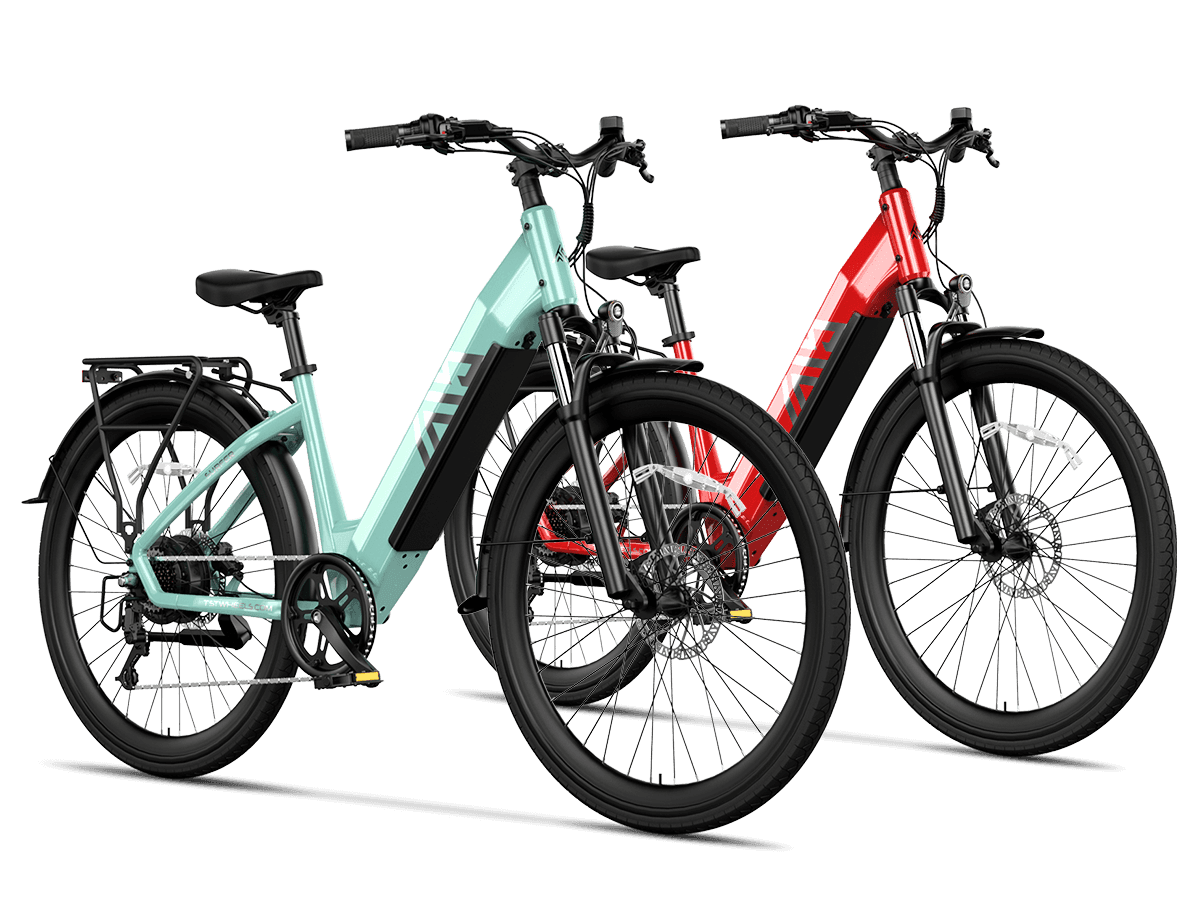
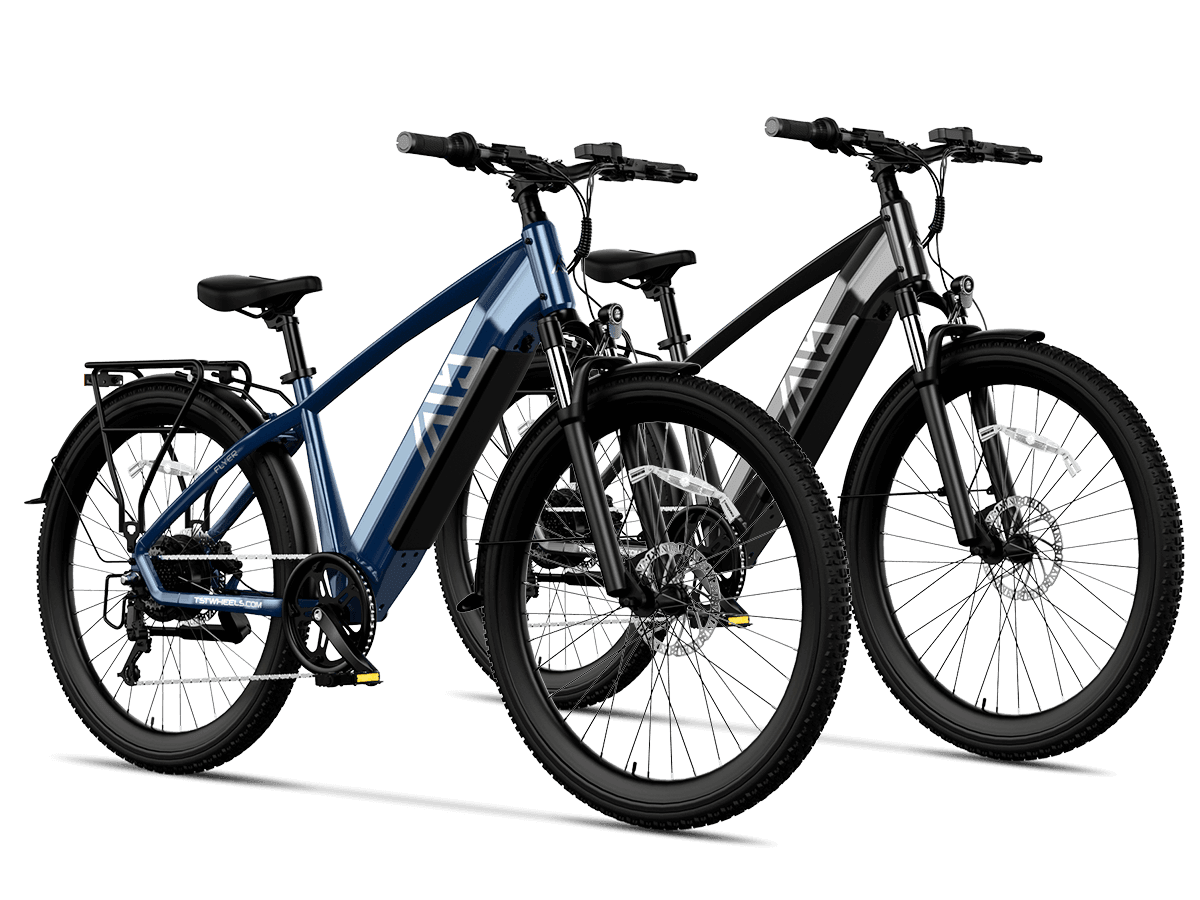
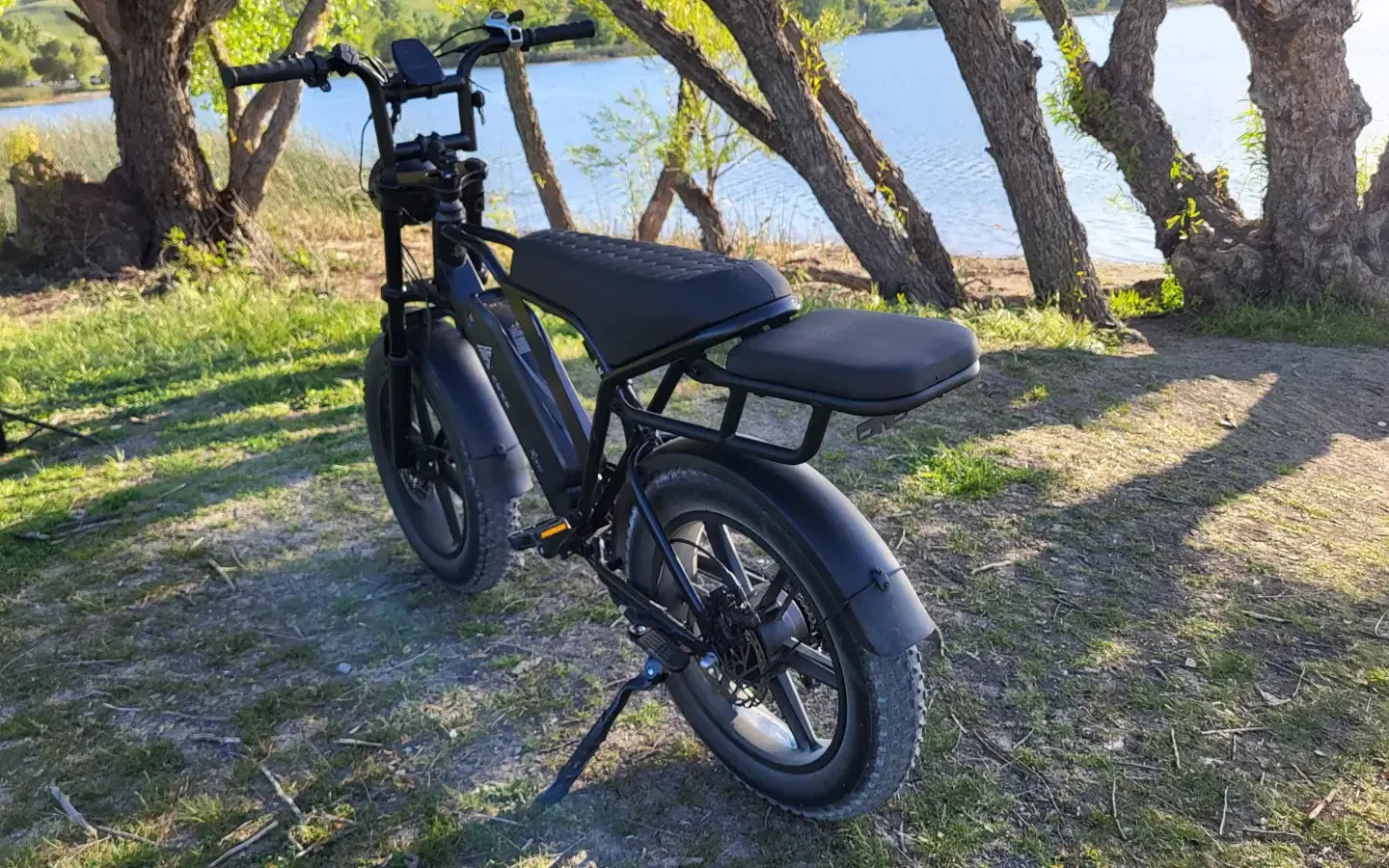


Leave a comment
This site is protected by hCaptcha and the hCaptcha Privacy Policy and Terms of Service apply.